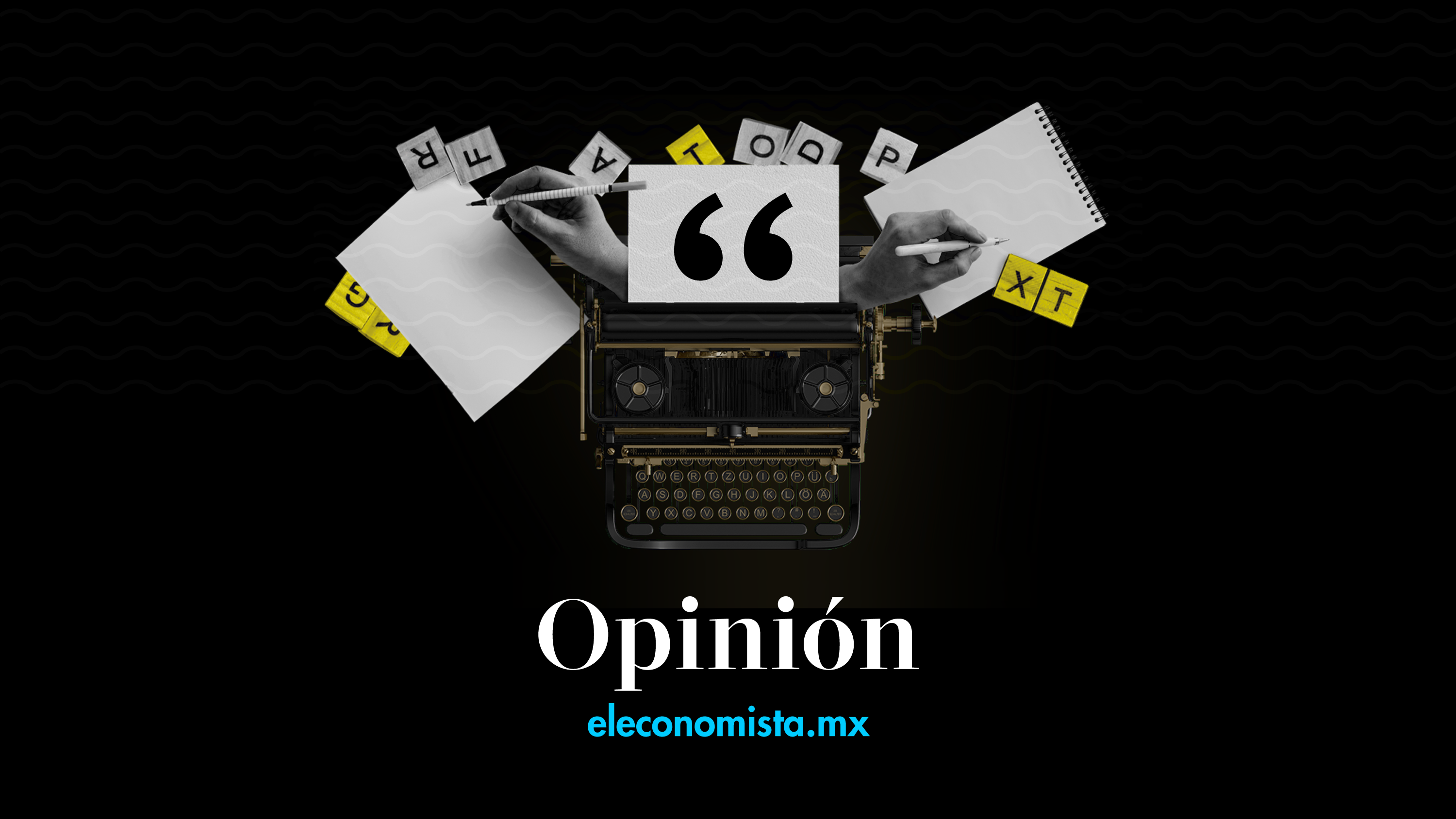Risk is defined as the uncertainty about future events that could imply that the expectations about an event change abruptly, consequently generating results that are different from those initially expected. Within the financial environment there are different statistical measures that allow knowing the risks of a certain asset given its historical performance and with said information determine its future behavior under certain scenarios. However, it is practically impossible to accurately predict the behavior of a variable in the face of events that, historically, had never occurred or in the face of different series of events that come together at the same time.
On the investor’s side, risk is conceived in a more complex way, because in moments of high uncertainty in the market, personal emotions become present, consequently making it difficult to make decisions and creating unconscious biases that limit the investor to considering assets whose experience in the market was negative.
However, although predicting variables within the market can be complicated and even more so in periods of high uncertainty, history has taught that risk returns to normal and markets, sooner or later, tend to recover. As an example, we can consider the abrupt fall that the S&P 500 had from historical maximums of 34% in practically a month and a half, from mid-February 2020 to the end of March of the same year, derived from the Covid-19 pandemic. as well as its implications for the economy, to subsequently return to the same maximum levels 5 months later.
For its part, the risk measured through the VIX, which is a market indicator that, in a general way, helps to measure risk aversion on the part of investors, increased above 300% for later, and gradually begin to decrease supported mainly by the control of the pandemic, as well as the monetary and fiscal policies of the various economies.
However, the significant increase in volatility also managed to generate investment opportunities; mainly through the structuring of products in the derivatives market where, despite the uncertainty and even in bearish or lateral markets, they open the opportunity to generate attractive returns; at the same time as balancing the risk-return relationship within the portfolios, since by taking positions within assets whose performance does not necessarily depend on the rise in the markets, it is possible to contain the risk of the portfolios without necessarily sacrificing its performance.
As the main message, it can be said that, although it is practically accurate to measure the movements of an asset in the market, given the new events that are emerging such as: pandemics, crises, wars, etc.; it has been observed that historically the risks are gradually diluted and the markets continue their long-term upward path, so patience is an important key for financial goals.
Secondly, when volatility increases there are also opportunities, either through structured strategies whose performance does not necessarily depend on the rise in the markets or through other products such as ETFs or shares that previously seemed expensive. This is due to the fact that the inclusions of some financial assets allow volatility to be capitalized, even in bear markets, so that the investor, beyond avoiding the market in high-risk scenarios, can take advantage of this volatility seeking to generate attractive returns even in little-known scenarios. .
*The author is Investment Counselor of BBVA Patrimonial and Private Banking.















